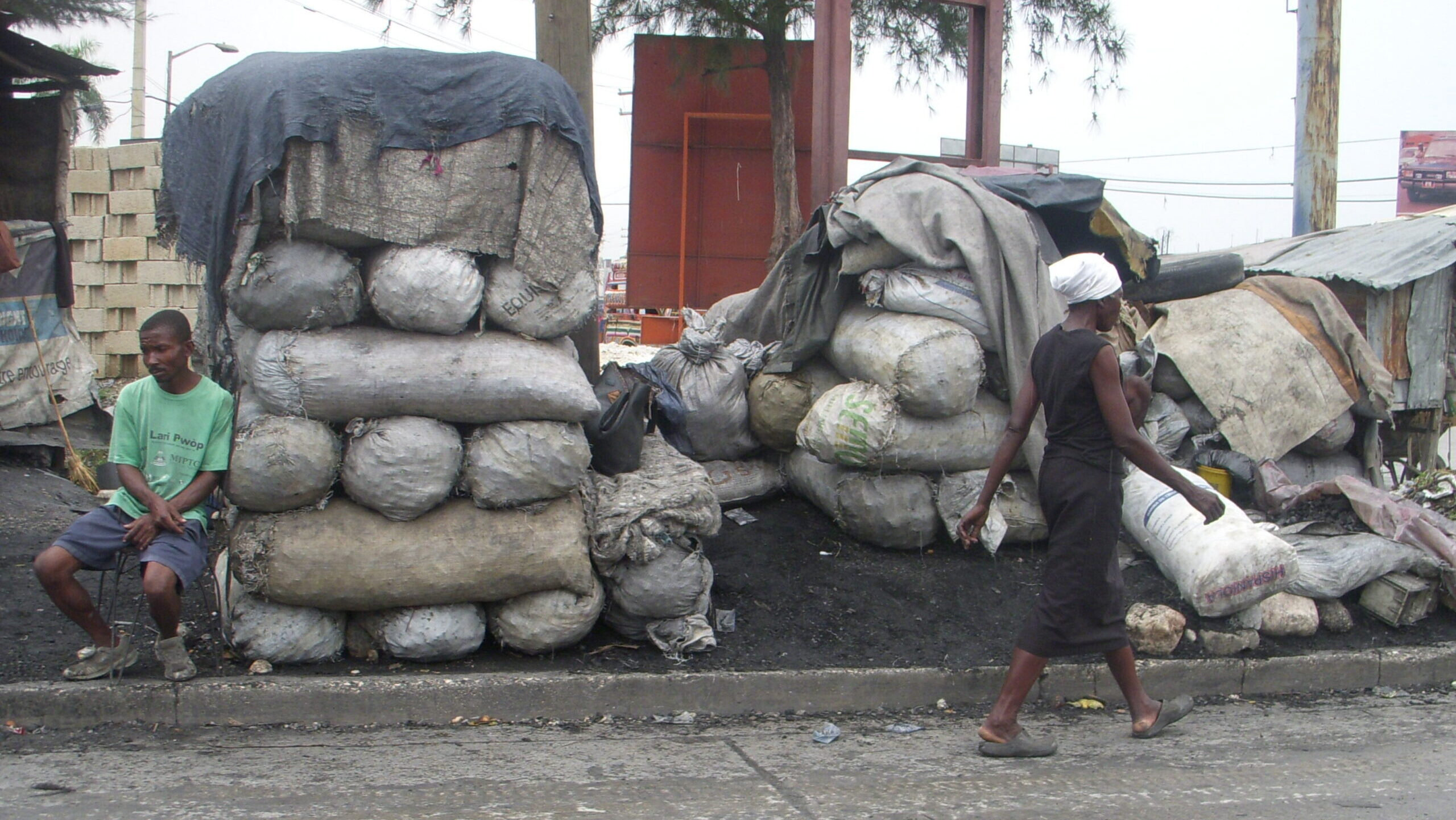How Do Haiti’s Street Food Vendors Think About Clean Cooking? CCA’s User Insights Lab Sheds Some Light
Thanks to urbanization and a vibrant food culture, Haiti’s street food scene has expanded significantly in the last decade. Street food vendors throughout the country’s urban centers cook up freshly made meals daily, providing convenient food options from early in the morning until late in the evening.
However, due to a lack of options when it comes to cooking fuels, most street vendors depend on highly polluting charcoal to cook. As a result, the vendors’ fires produce large amounts of air pollution, which contribute to significant greenhouse gas emissions as well as deforestation and other local environmental pressures.

The Clean Cooking Alliance’s User Insights Lab (UIL) aims to better understand the day-to-day experiences of Haiti’s street food vendors and to explore human-centered innovations that could increase access to, and sustained use of, cleaner cooking solutions.
As an initial step, the UIL conducted in-depth interviews and journey mapping exercises with street vendors in Port-au-Prince to understand their behaviors, motivations, and emotions around clean cooking, and to ground the research in real, human problems. The research team used photos provided by the vendors to facilitate conversation and storytelling about their daily lives.

The interviews surfaced a highly complex set of factors that influence vendors’ day-to-day behaviors, related to cooking and otherwise:
1. Macro-economic environment: The current economic and political situation in Haiti means vendors are operating under changing physical and monetary constraints, affecting their daily priorities and challenges.
“I face big challenges. Sometimes products are not available, such as when roads are closed or there is a strike. Currently, I am forced to pay two or three times the price…because the vendor who owns the supply does not charge the same price as in normal times.”
2. Ability to access community support: Vendors rely on community-based support systems to finance their basic needs, make decisions, and improve themselves and their businesses. These networks are multi-sided, meaning decisions are never about the street vendor alone; rather, many stakeholders are considered, involved, and consulted.
“With lot of clients, you become friends and share ideas. If you don’t see a regular client, you start to worry. We need each other.”
3. Individual mental load and coping mechanisms: Vendors are making countless calculations within a given day to optimize their business, while providing for themselves and their families today and in the future. To make these decisions easier and less overwhelming, they have developed coping mechanisms and mental short-cuts.
“When I don’t have enough money, I have to negotiate with the merchant to offer me credit. I have to show I will pay them back on a specific day.”
4. Present and future business needs: Vendors are highly adaptive to changing circumstances. Each has a different strategy for cooking and managing logistics, however, there are clear commonalities that are essential to their present and future business growth.
“I would like more space to do this full-time. I would like to offer table and chairs, where people can wait and see the menu.”
5. Stove design and usage: Vendors expressed clear preferences for how they cooked and which tools did or did not serve their lifestyle. While they were very aware of clean cooking solutions and their benefits, they expressed reluctance over some of the stoves’ features and ability to serve their business and personal needs.
“Charcoal is much better for cooking and selling on the street. With a propane stove, the gas could run out when you are cooking, forcing you to stop to check the gas levels.”

Each of these categories are interrelated and provide a wealth of insight into how vendors make decisions on the cooking technologies they use, and when. Overall, the research confirmed that clean cooking solutions must not only align with consumers’ preferences and needs but, to be continually purchased and used, must also be integrated into users’ contexts and lifestyles with minimal additional cognitive load.
Building from these insights, the UIL will engage vendors in a co-creation process around which ideas to develop and test in the market. As the research narrows down on which of these innovations work best to increase demand for, and sustained use of, clean cooking among street food vendors in Haiti, the UIL will be on the lookout for partners to take these innovations to scale.
To learn more about this work or the specific opportunities to collaborate in Haiti to serve the clean cooking needs of street food vendors, get in touch at userinsights@cleancooking.org.
